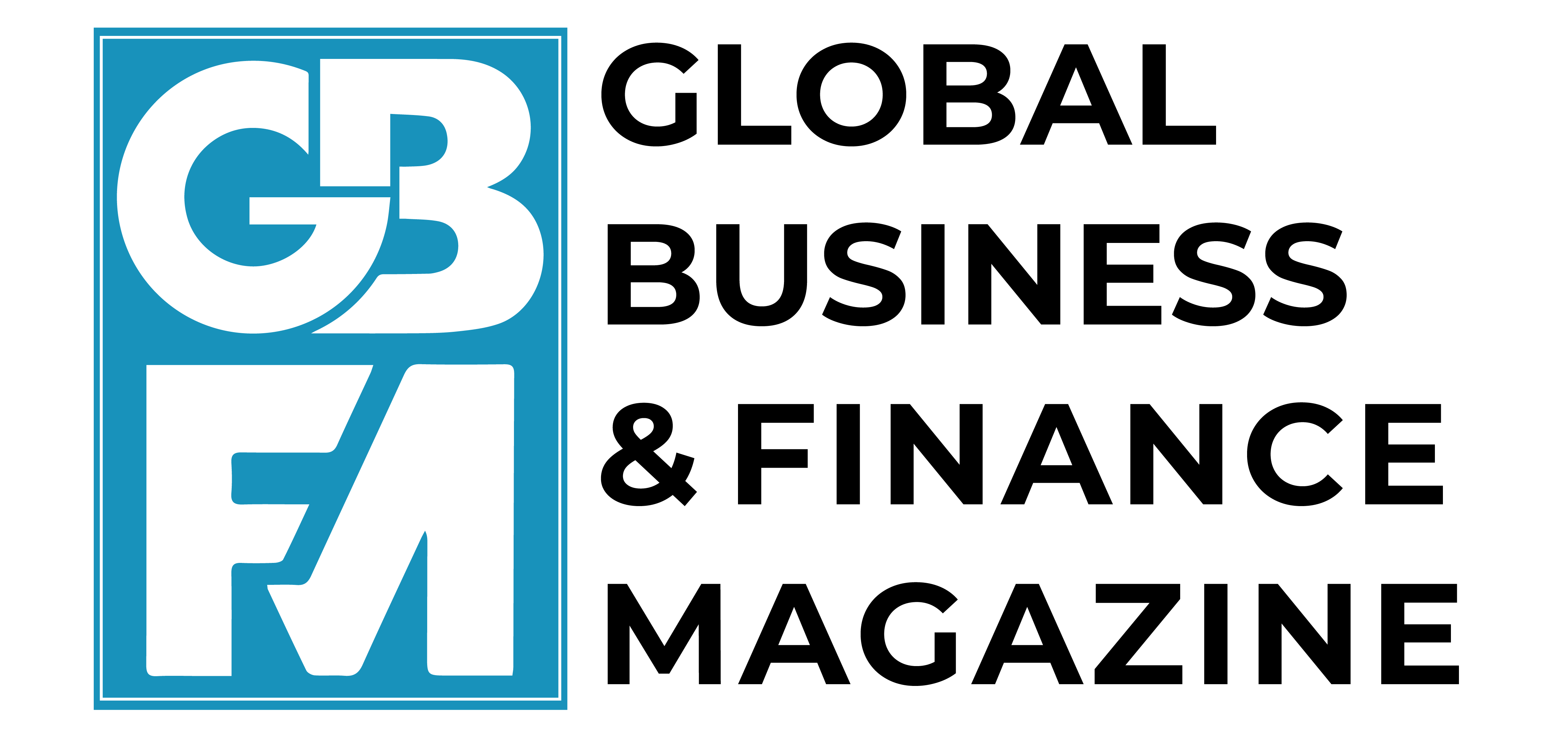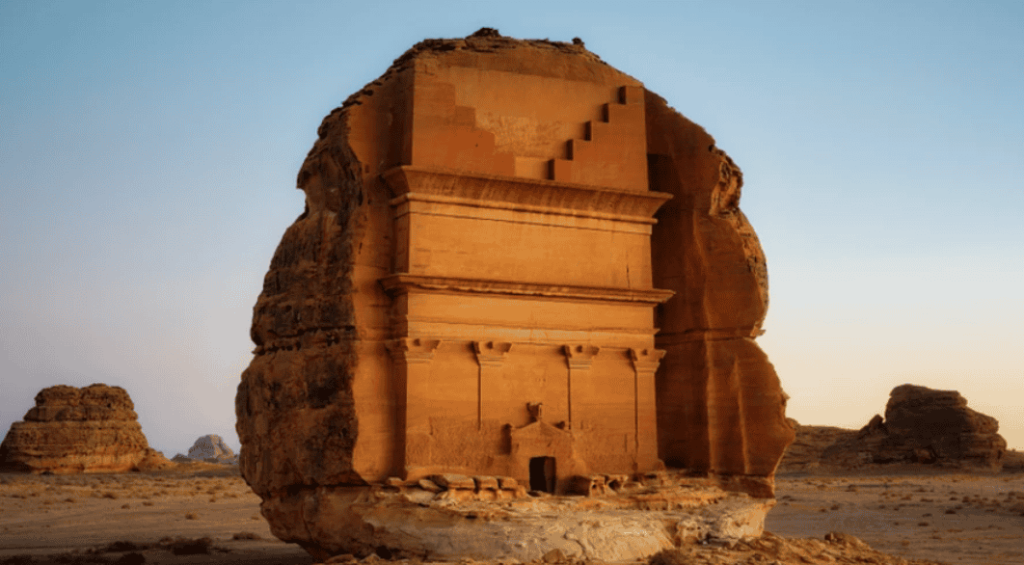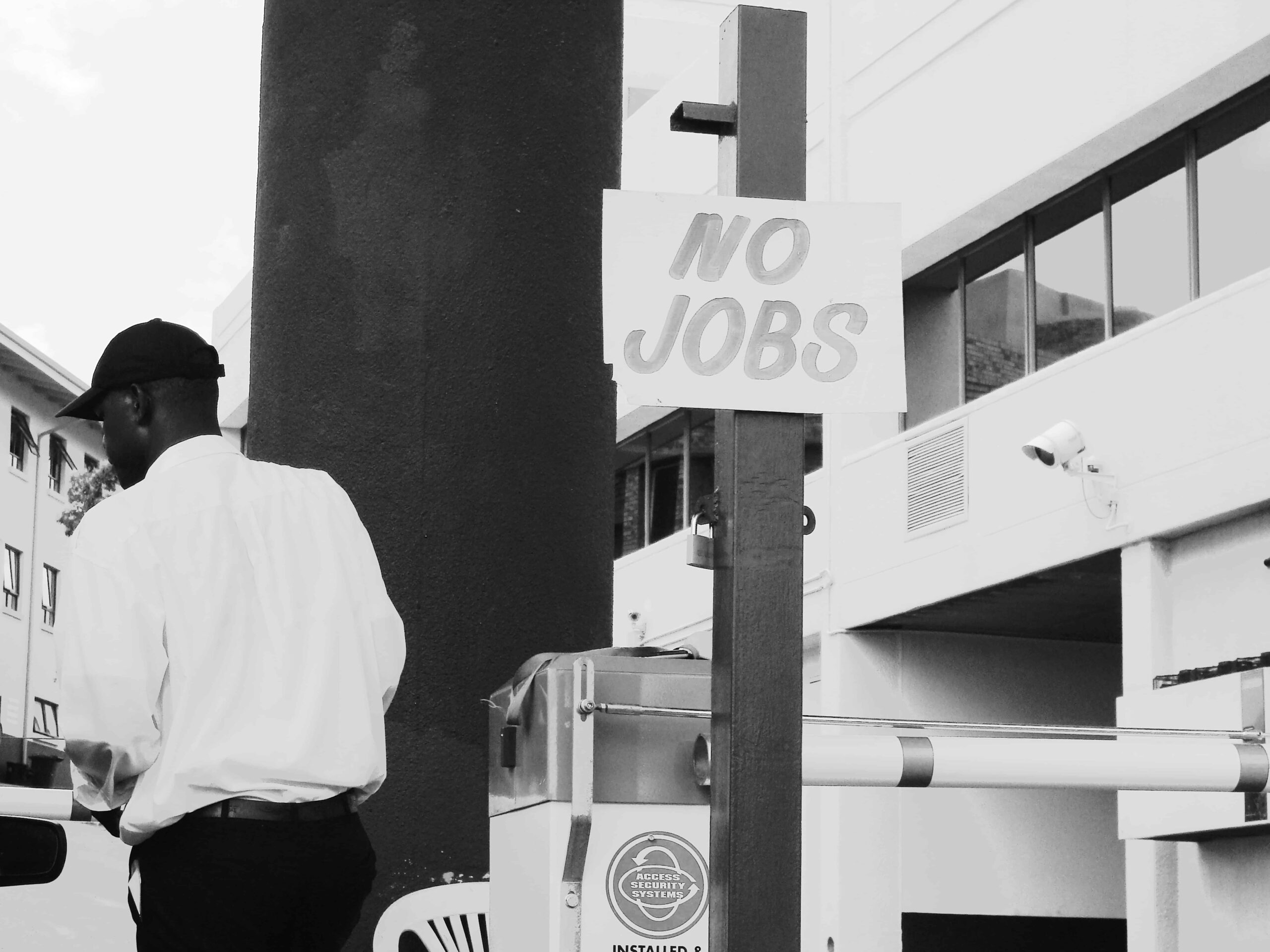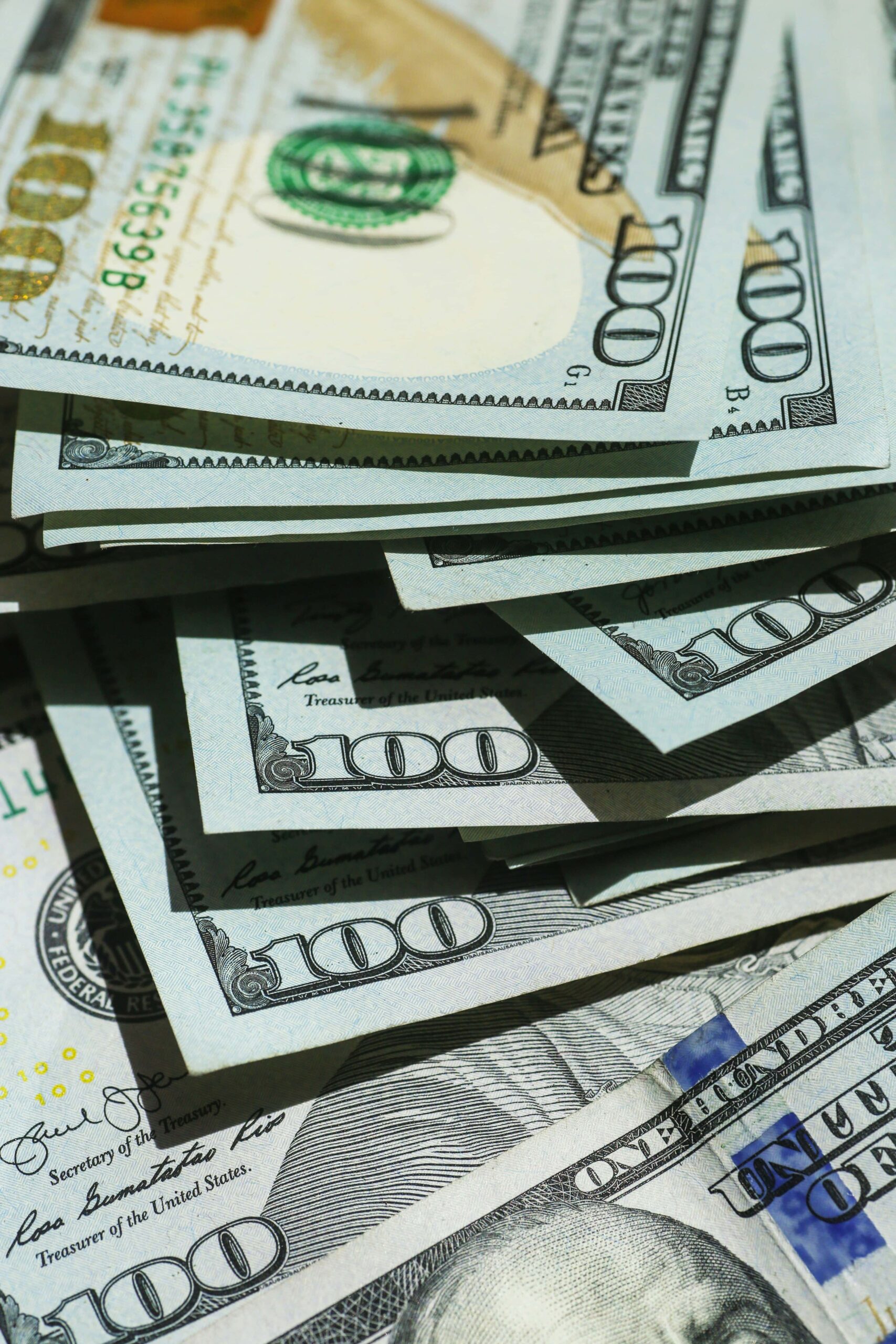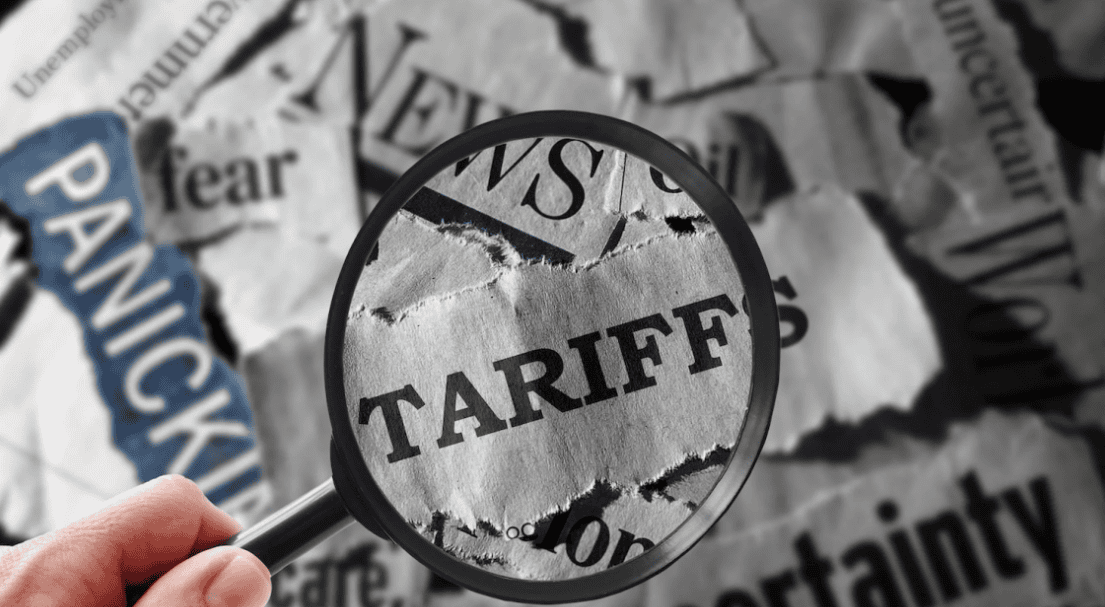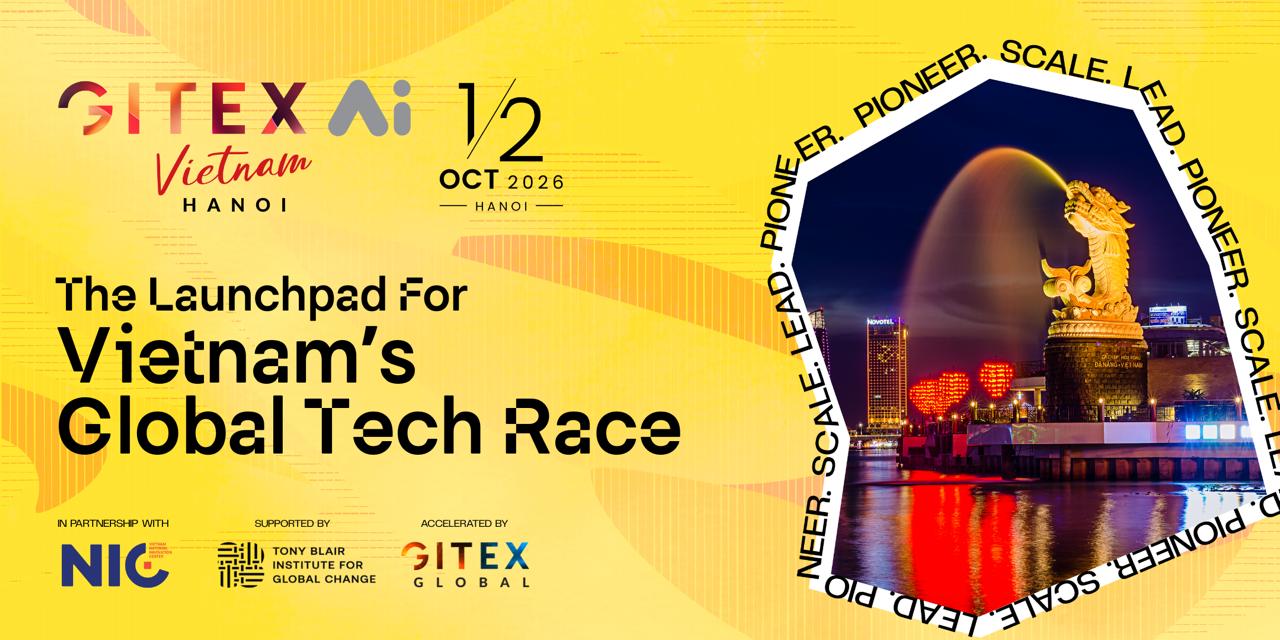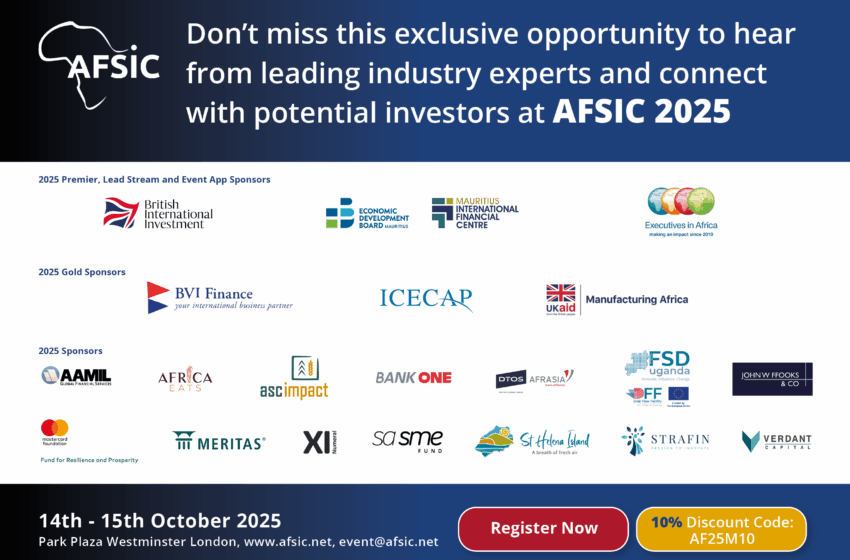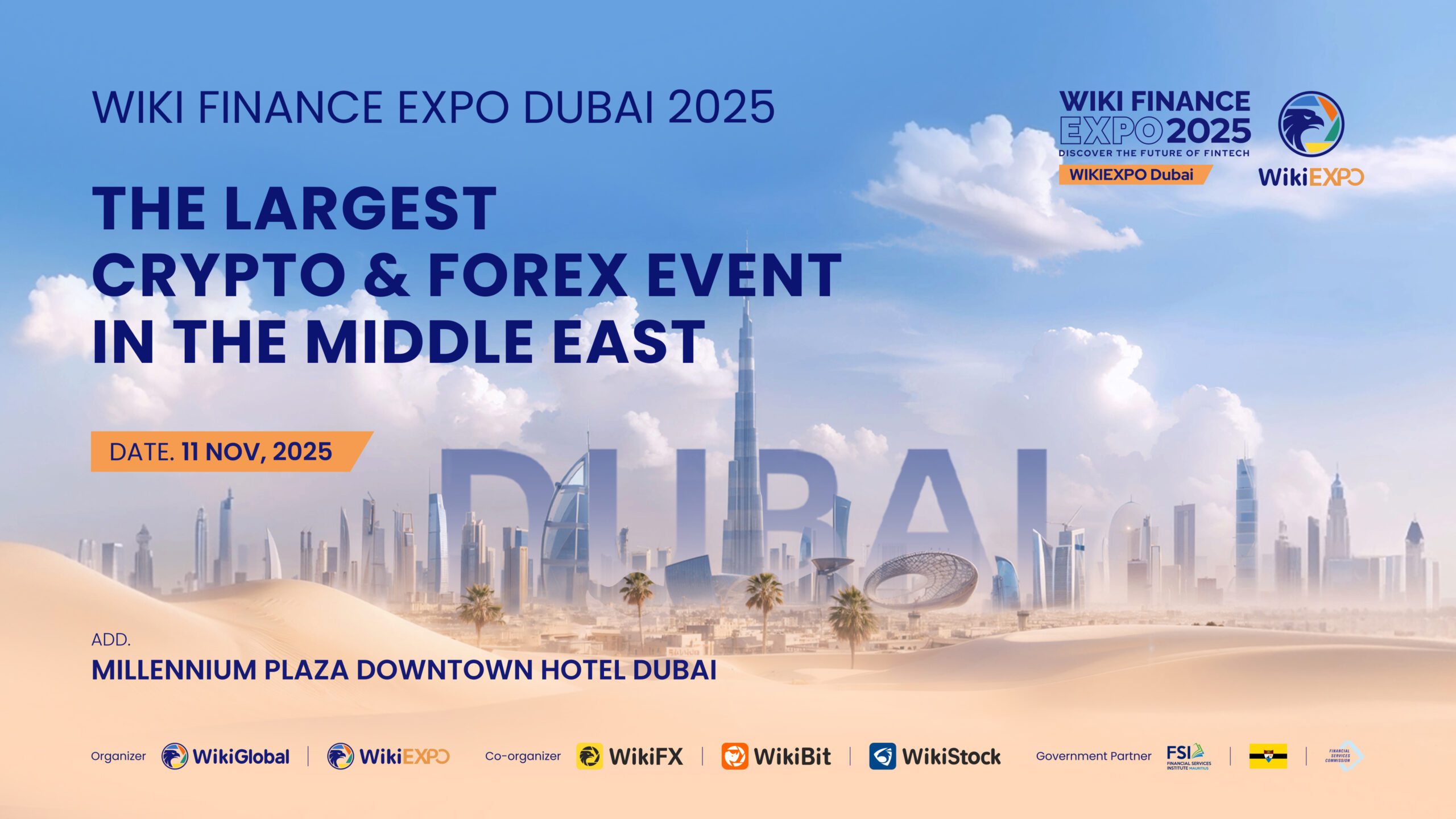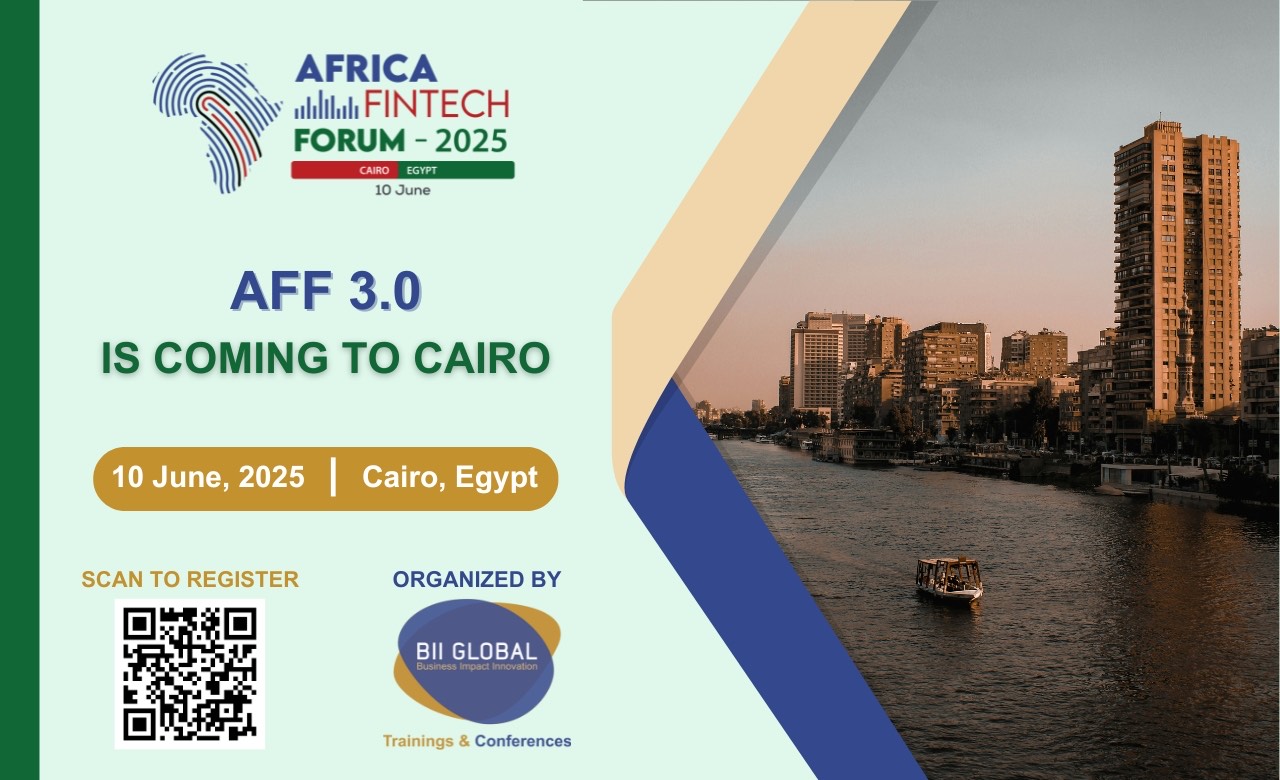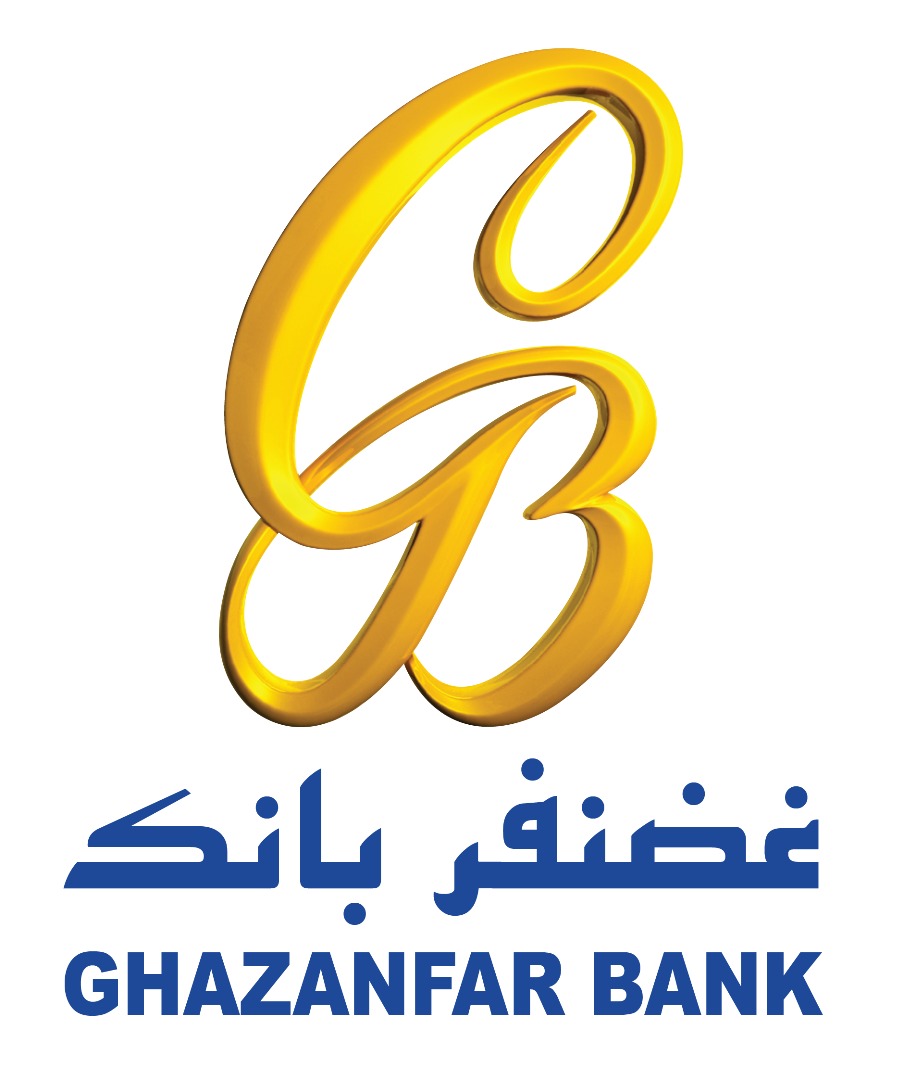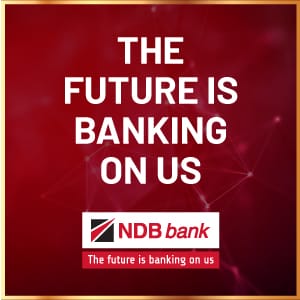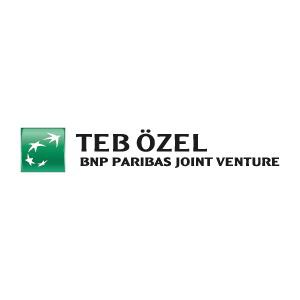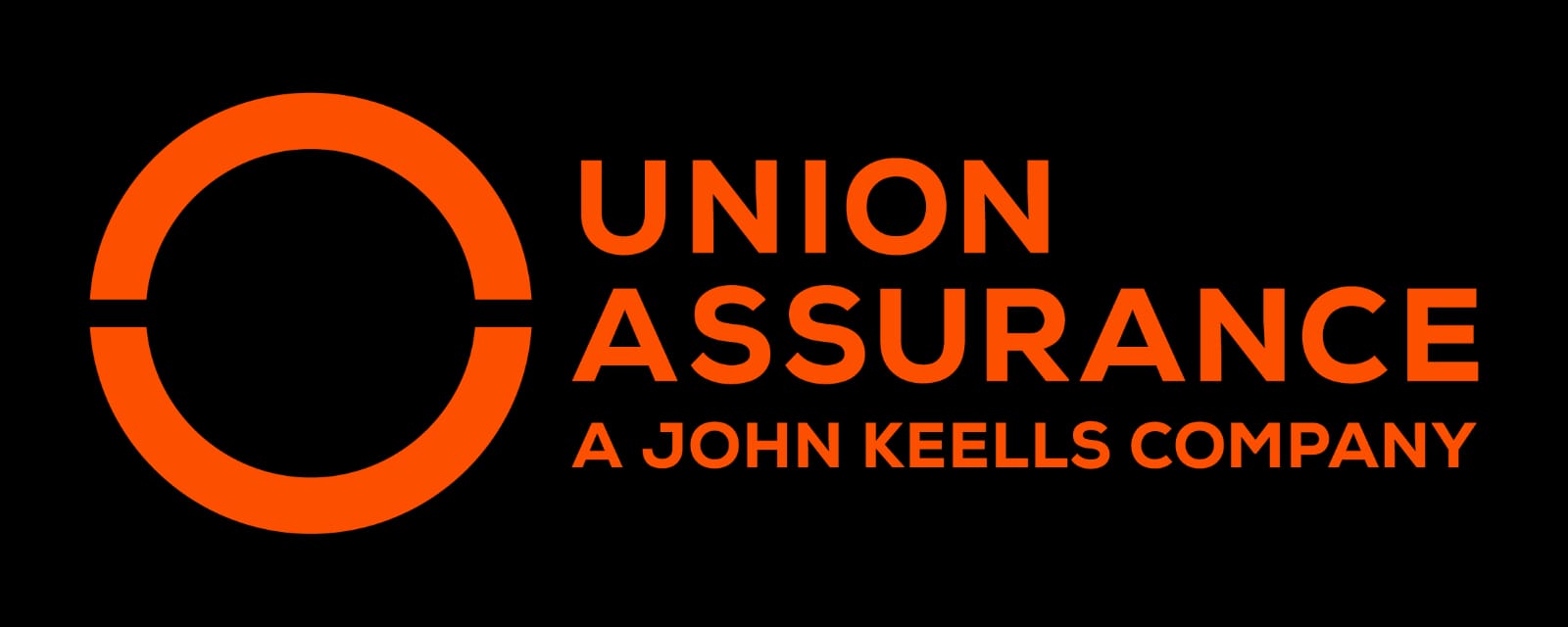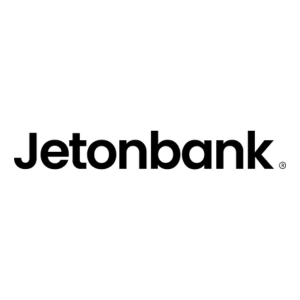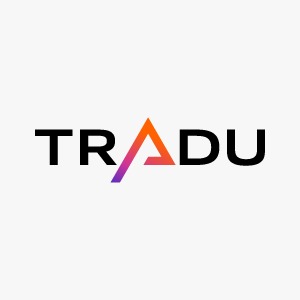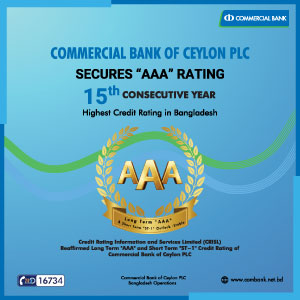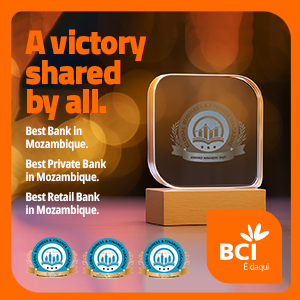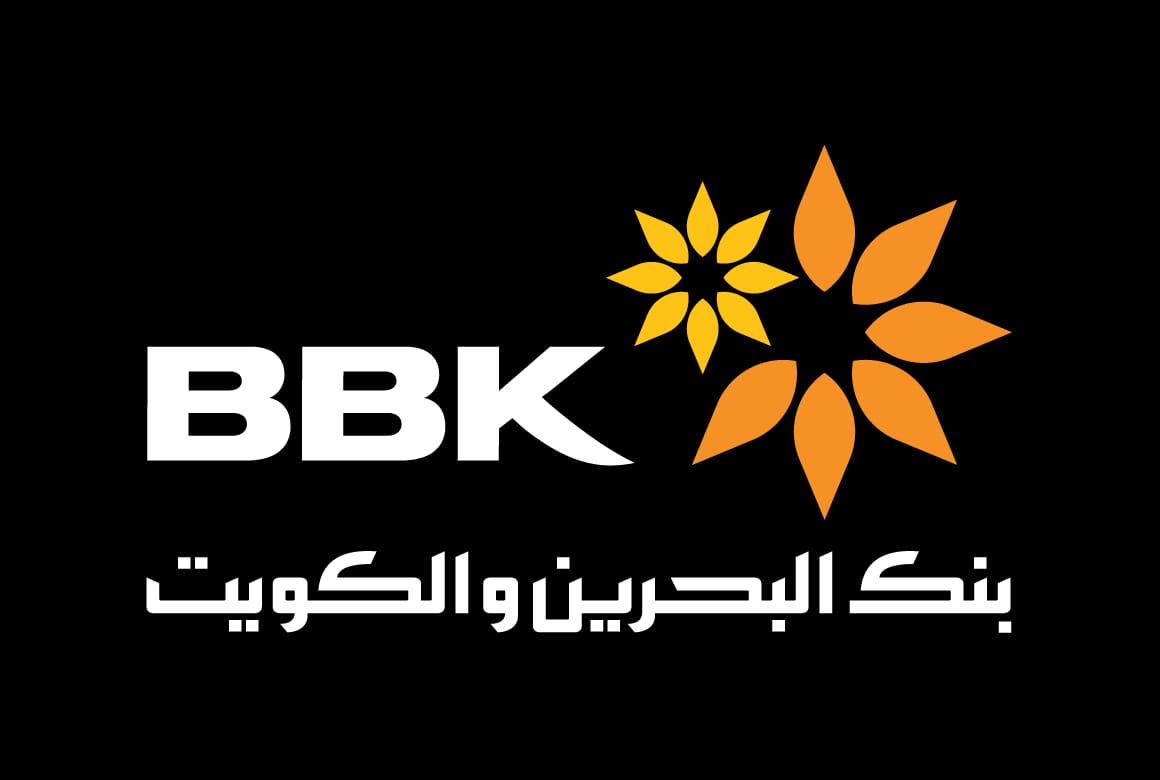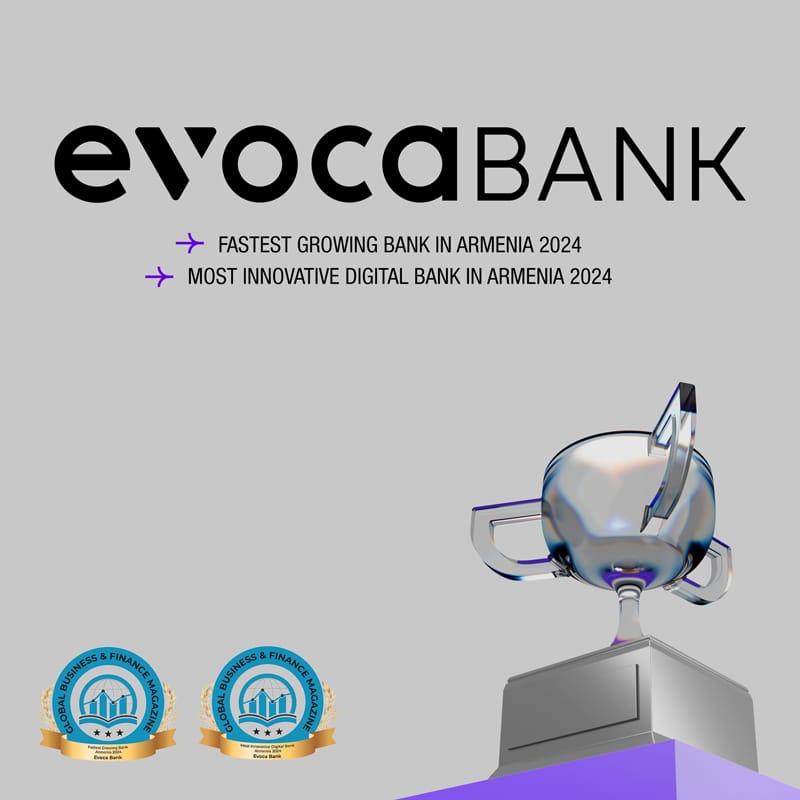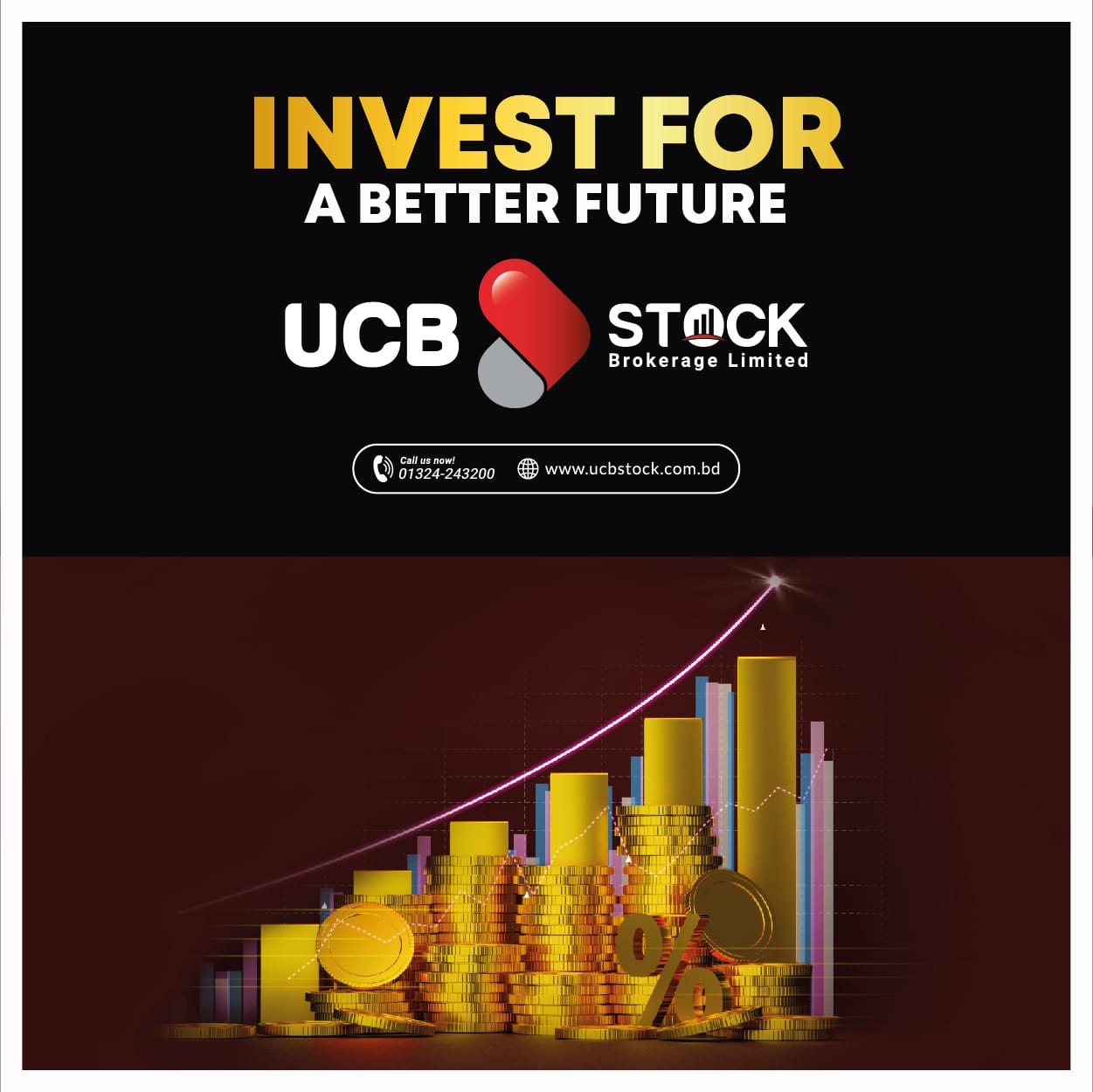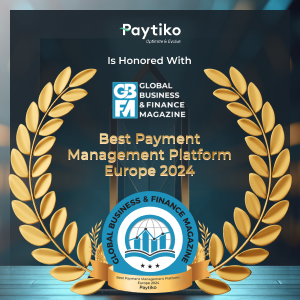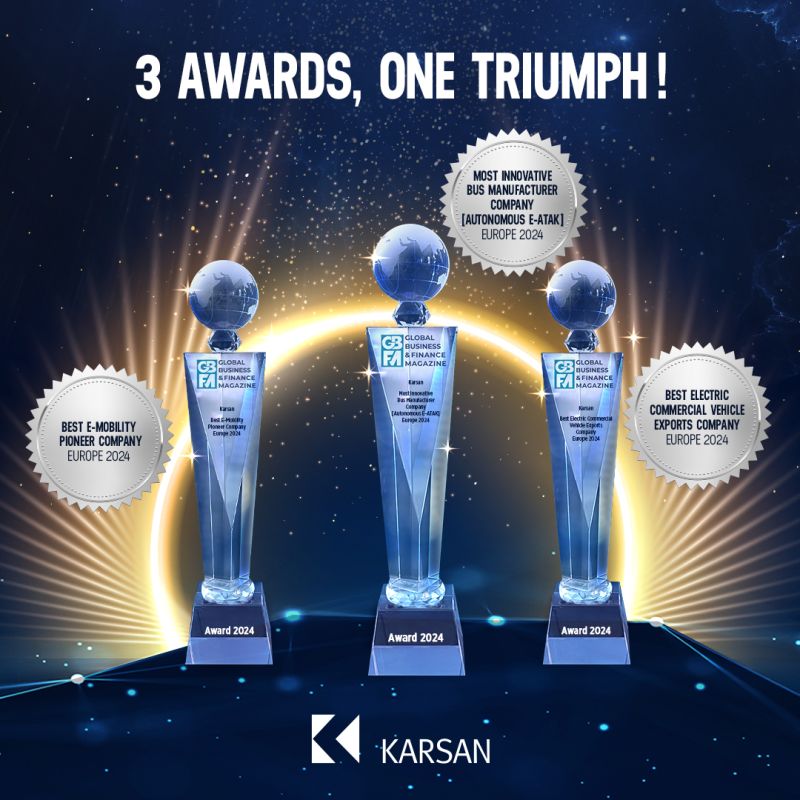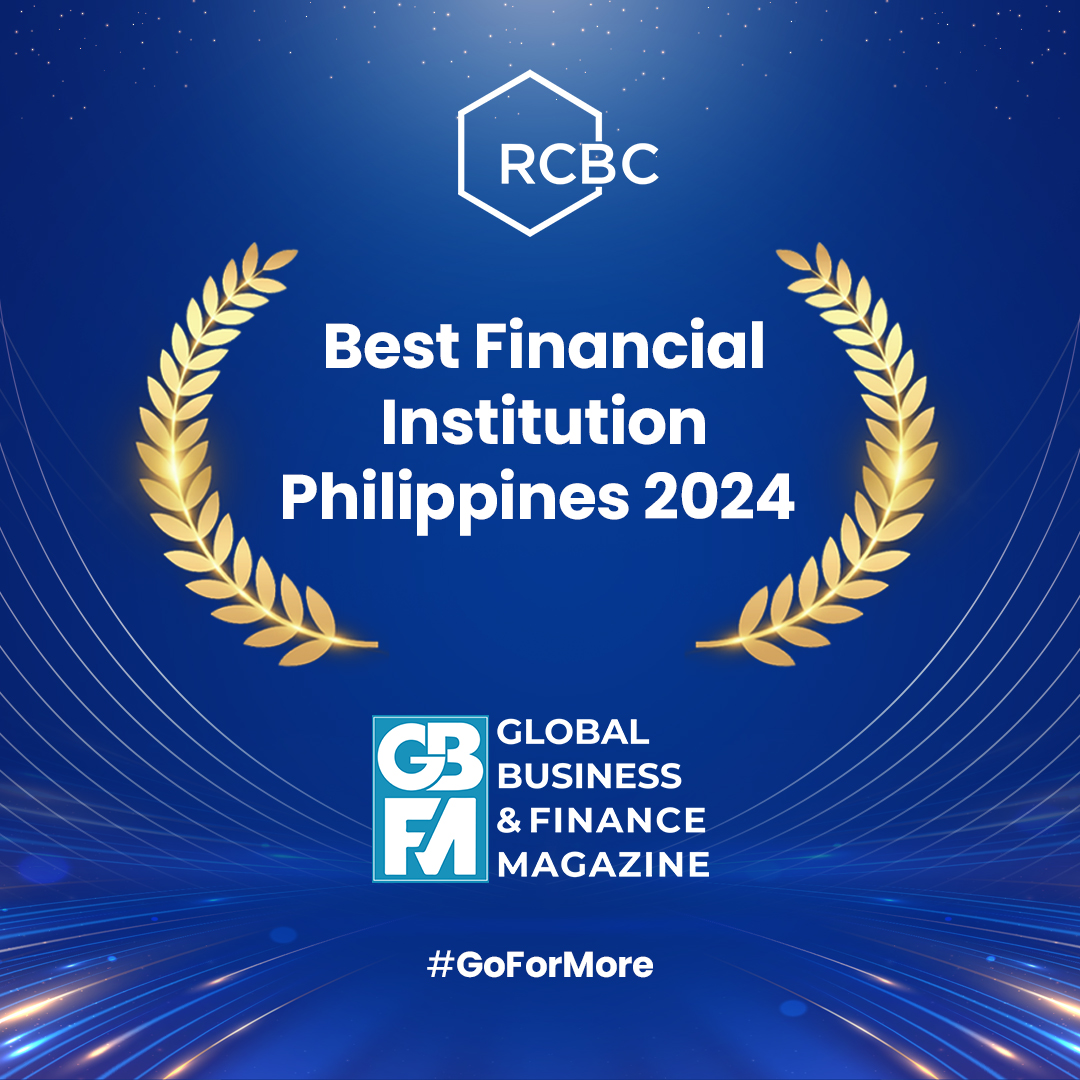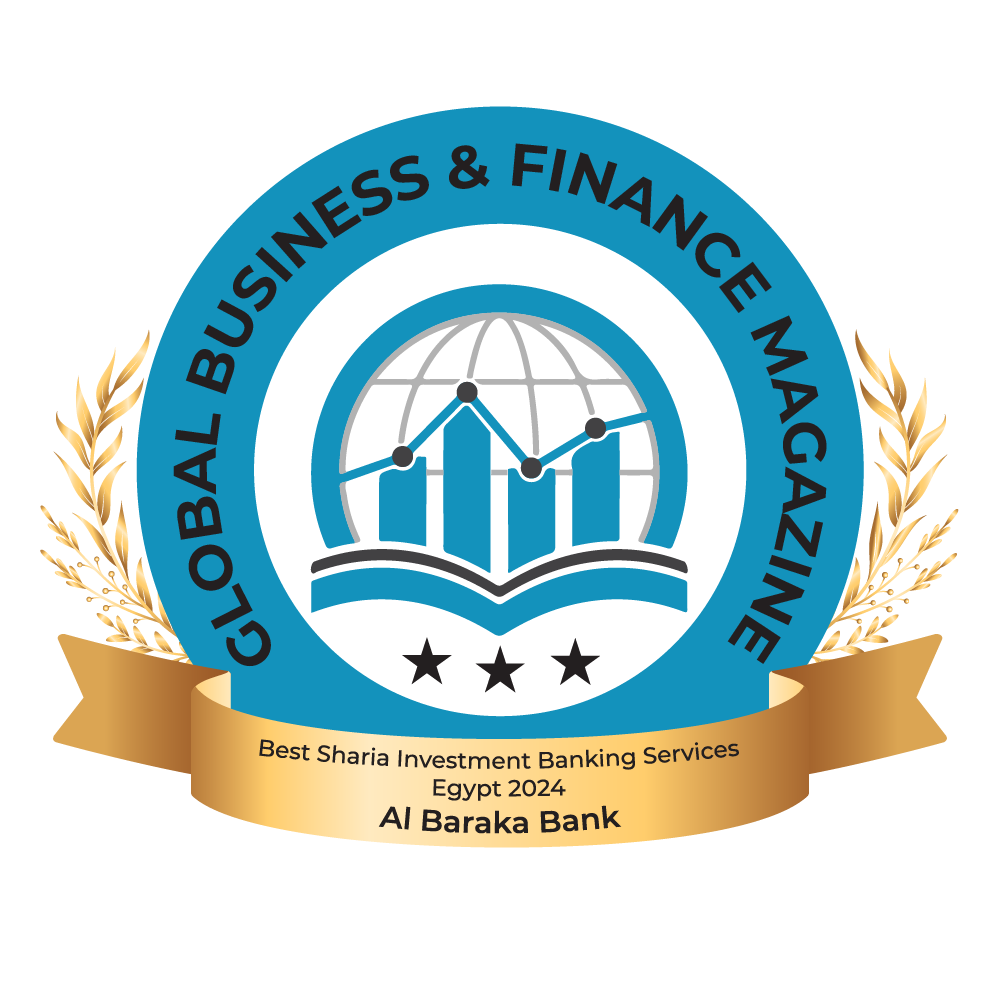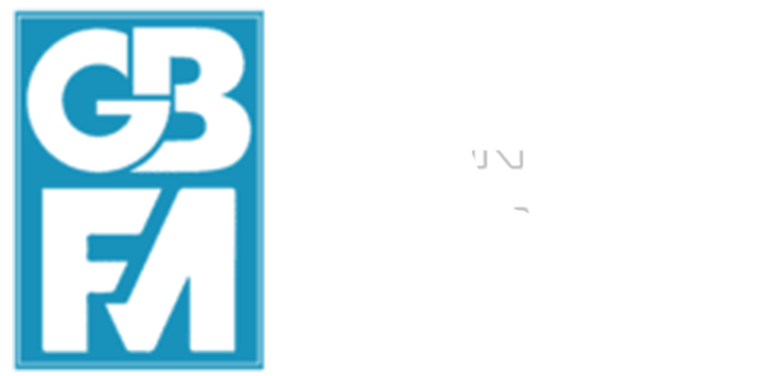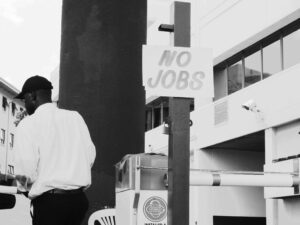The Kingdom of Saudi Arabia (KSA) has a rich cultural heritage, and a wealth of natural assets like the colorful Red Sea and stunning desert landscapes. Visitors can scuba dive with sea turtles today and traverse 2,000 year-old Nabatean tombs tomorrow.
Until recently, tourism in the Kingdom mainly concentrated on Islam’s iconic religious sites. That is rapidly changing. Under Vision 2030, the country is inviting the world to discover and explore its various wonders. This forward-thinking strategy aims to utilize KSA’s untapped cultural and natural assets to expand the tourism industry, in turn contributing to diversifying the economy and boosting growth and domestic job creation. Tourism is becoming more than just travel – it’s about opportunity, culture, and progress.
KSA is targeting 150 million visitors by 2030, and aiming for tourism to contribute 10% to GDP—on par with global levels. This is up from the previously achieved target of 100 million visitors.
The World Bank Group (WBG), which has long recognized the productive potential of the tourism sector, has been helping Saudi Arabia with its tourism strategy for a decade, providing technical assistance to stakeholders at national, regional, and local levels. Together we have worked on advancing tourism’s potential while preserving natural assets and cultural heritage and avoiding overconsumption and negative effects on communities.
As we prepare to celebrate the 50th partnership anniversary between the WBG and KSA, the World Bank continues to spotlight tourism as a potential pillar of sustainable development and economic growth. WBG President Ajay Banga recently emphasized the goal of helping countries build dynamic private sectors and contribute to local jobs is by strengthening sectors like tourism for a homegrown economy. (Financial Times, April 2025) In 2024 alone, the tourism sector accounted for 357 million jobs worldwide, underscoring its economic impact.
At the national scale, the Ministry of Tourism, which has been partnering with the Bank since its outset, is leading this development agenda. In one initiative, the Bank helped the Ministry analyze the Kingdom’s performance in the World Economic Forum’s Travel & Tourism Development Index (TTDI), looking at the key performance indicators and providing advisory on how to address the areas that needed improvement. Through targeted steps the Kingdom advanced in the ranking to 33 out of 170 countries in 2021 from 43 in 2019. The Bank continues to support the Ministry with capacity building and technical advisory on strategic issues such as sustainability, smart city and disruptive technologiesin tourism, competitiveness, and resilience.
Like other productive industries, tourism needs an enabling environment and resources –sufficient infrastructure, services and skilled people. While it can create opportunities, it can also affect livability like housing affordability, traffic, and pollution levels. These factors should be balanced to ensure the sector remains productive and does not become a burden on authorities, residents, resources, and landscapes. It is with this foresight that the Royal Commission for AlUla (RCU), and Diriyah Gate Development Authority (DGDA) and Diriyah Company (DC) have been engaging the WBG.
AlUla’s stunning landscape is a crossroad of history featuring the Nabataean Kingdom including HEGRA, the first Saudi UNESCO heritage site, and the ancient city of Dedan and the famous Hijaz railway. The Bank has been supporting the RCU on the revitalization of this former lagging region and the development of a sustainable tourism economy, contributing to economic growth and local jobs. Under RCU, AlUla has rapidly become a global destination to visit, where tourists are guided by trained local tour guides and rangers. Recently, the Bank conducted an extensive baseline assessment of the development process with the RCU focusing on urban and spatial development, tourism and economic sustainability, cultural heritage, and social and environmental sustainability. The findings and recommendations are being used to inform and guide ongoing development and the adoption of sustainable and resilient approaches in the spatial and economic growth of AlUla.
Diriyah, known as the birthplace of the Kingdom, is just a 15-minute drive from Riyadh’s city center. It is anchored around At-Turaif, a UNESCO World Heritage Site also referred to as “The City of Earth.” Diriyah aims to be a sustainable destination that offers both residents and visitors a mixed-use and walkable blend of heritage, hospitality, residential, and commercial spaces. DGDA and DC have been working with the WBG to implement sustainable and inclusive best practices and policies to enable heritage-based urban regeneration and economic growth through a people-centric approach.
Diriyah is targeting 180,000 new jobs to emerge from this large-scale development investment. With WBG technical assistance, DC has developed a job creation and local economic development (LED) framework with a recently launched job creation program that partners with universities and national programs to target students and recent graduates. The program aims to bring the community and fresh graduates from the area into the job market through upskilling and training, and in turn bridge the skills gap and ensure there’s a ready local workforce for the tourism assets and offerings under development. The first pilot successfully trained members from the local community culminating in internships and jobs at the Bab Samhan Hotel, a real estate asset developed by DC and leased out to the private sector to manage.
In Saudi Arabia, we are working with our partners to reach their potential and share all the Kingdom has to offer for visitors and locals alike – and create a brighter future for all.
Source : World Bank

